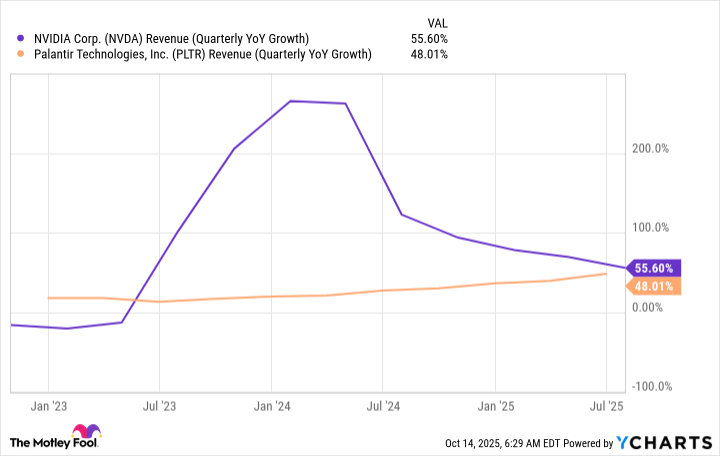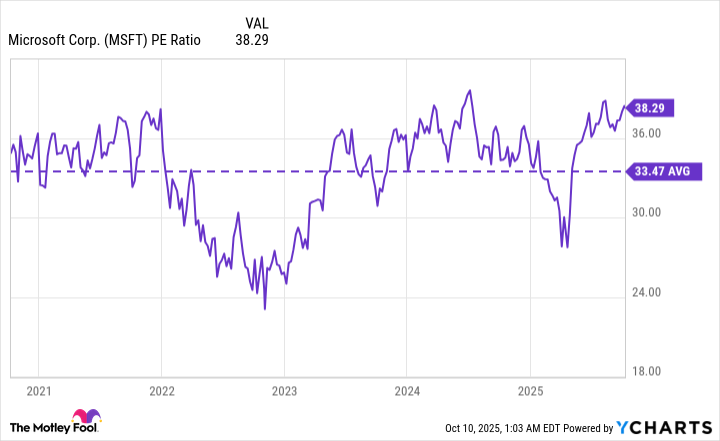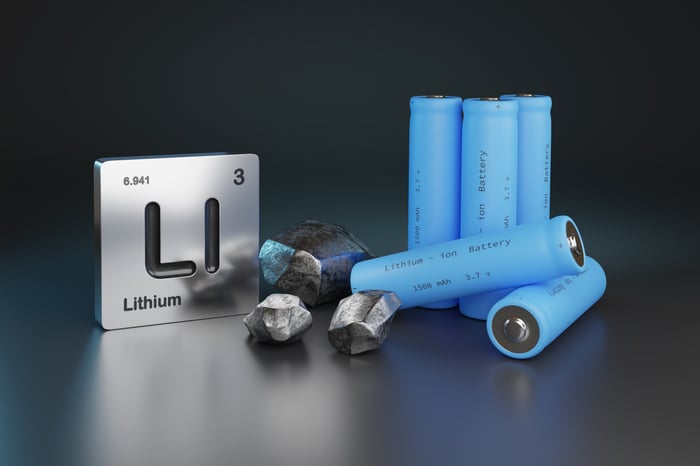Is IBM’s Stock at Risk for a Tariff Downturn?
With “International” literally in its name, you’d think IBM would be panicking about tariffs. Think again — the numbers tell a different story.
Trade tariffs are mixing up the global economy in 2025. The Trump administration has issued double-digit import fees on goods from most countries, with even higher rates in markets like China and India. Some of these tariffs are currently in effect, while others are pending, with a patchwork of countermeasures issued by the targeted countries. To keep an eye on this messy situation, check out The Motley Fool’s tariff and trade investigation tracker — a living document that does all the hard data-tracking work for you.
Few companies are more international than IBM (IBM 1.82%) — Big Blue even has “international” in its name. It runs research labs on six continents, has more employees in India than the United States, and runs business offices in more than 170 countries. Almost exactly half of IBM’s revenues were collected in the Americas in 2024, which also includes Canada and Latin America.
Surely this global giant must feel the pinch from criss-crossing tariff policies, right? As it turns out, IBM isn’t too concerned with the ongoing trade tensions.

Image source: Getty Images.
How exposed is IBM to the tariff tango?
There are different ways to figure out IBM’s tariff exposure. I could take the complicated web of current and future tariff rates, apply them to each of IBM’s products and services in various countries, and create an intimidating spreadsheet. Or I could look for management’s statements about the tariff challenge.
The company helped me out by addressing the unpredictable tariff policies in the first-quarter earnings call. This call took place on April 23, three weeks after Trump’s “Liberation Day” tariff announcement.
“Over the last several years, we have strategically diversified and streamlined our supply chain,” said CFO Jim Kavanaugh. “Goods imported to the U.S. represent less than 5% of our overall spend and under current U.S. tariff policy, the impact to IBM is minimal.”
Why IBM shrugs at tariff headlines
That brief statement means a couple of things to me:
- It’s IBM’s only official discussion of tariffs in 2025, even though the trade expenses have shifted significantly since April. In other words, the tariff issue is hardly worth mentioning.
- Applying tariff rates to “less than 5%” of IBM’s global spending is not exactly nothing, of course. I’d hate to cover that multimillion-dollar bill from my personal accounts. IBM still builds mainframe computers, requiring parts from tariff-laden countries like China or the European Union. But the cost of products and services stopped at 16.3% of total revenues last year, and 5% of that gross expense ratio is less than 1% of IBM’s incoming revenues. Even if every tariff were a beefy 100% surcharge, that’s a pretty manageable extra cost — and most of the international trade fees are far smaller.
IBM plays it safe anyway
I’m still waiting for IBM to issue further updates about the tariff situation, but I’m not holding my breath in anticipation. Yes, the company is tremendously global, but it can still operate comfortably without running into game-changing tariff expenses.
At the same time, IBM is taking action to minimize even this modest financial impact. Kavanaugh also noted that IBM is looking into alternative sources for tariff-laden components. Every dollar counts, you know.
Furthermore, Big Blue announced a $150 billion American investment plan at the end of April. The company will move significant manufacturing and research assets to domestic soil over the next five years, starting with $30 billion of mainframe development and quantum computing research operations. Again, the tariffs don’t really hurt, but it can’t be a bad idea to minimize the financial sting anyway. Plus, this homebound manufacturing move might unlock unrelated favors from the Trump team.
So, it makes sense to take some tariff-dodging action, but IBM would barely notice the extra costs anyhow. I don’t expect Big Blue to suffer a tariff-related downturn any time soon.
Anders Bylund has positions in International Business Machines. The Motley Fool has positions in and recommends International Business Machines. The Motley Fool has a disclosure policy.






































